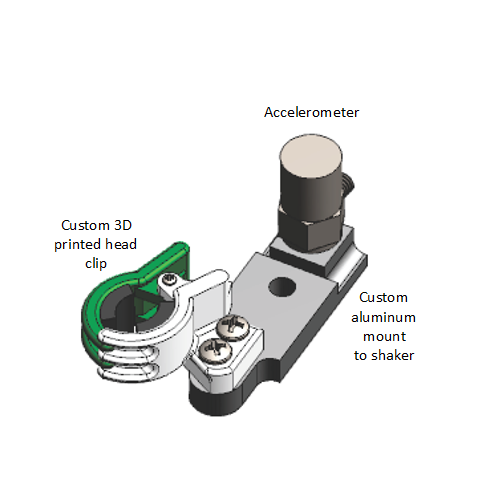Collaborators
Project Brief
The Mouse Auditory Testing Core within NIDCD provides investigators with assistance in testing auditory function in rodents. In addition to the standard auditory testing (such as auditory brainstem response), NIDCD is expanding core capabilities to include the often needed testing of vestibular sensory evoked potentials (VsEPs). VsEPs are used to assess the vestibular system, which is a critical component associated with a sense of balance. The VsEPs are induced by forcing a rapid motion of the rodent head, and the electrophysiological response is measured through the use of electrodes placed under the skin. No commercial system or solution is available, therefore SPIS has assisted NIDCD in duplicating a standard VsEPs testing platform developed by an outside researcher who pioneered the technique. While originally focused on establishing the basic VsEP testing capability, SPIS staff have taken initiative in debugging and improving the system design. Improvements include adjustments to the mechanical setup to significantly reduce motion noise artifacts, modifications to the rodent head mount to improve fit and translation of the desired movement, and modifications aimed at enhancing the VsEP signals.

